Just because summer is over doesn’t mean your garden has to go quiet. October may feel like the end of the growing season, but for many gardeners, it’s the beginning of something new. Whether you’re aiming for a late winter harvest or trying to get a head start on spring, there are plenty of vegetables that can be planted this month.
Cooler soil, shorter days, and mild frost might sound discouraging but for the right crops, it’s the perfect environment to grow strong, healthy plants. Here’s a list of 10 vegetables you can still plant in October and enjoy in the months ahead.
Garlic
Garlic is a fall favorite for many gardeners. October is the prime time to get it into the ground. Each clove you plant will eventually grow into a full bulb by next summer. Plant the cloves about 2 inches deep, with the pointed end facing up. Make sure to mulch heavily garlic loves the cold, but it appreciates a bit of insulation during harsh winters.
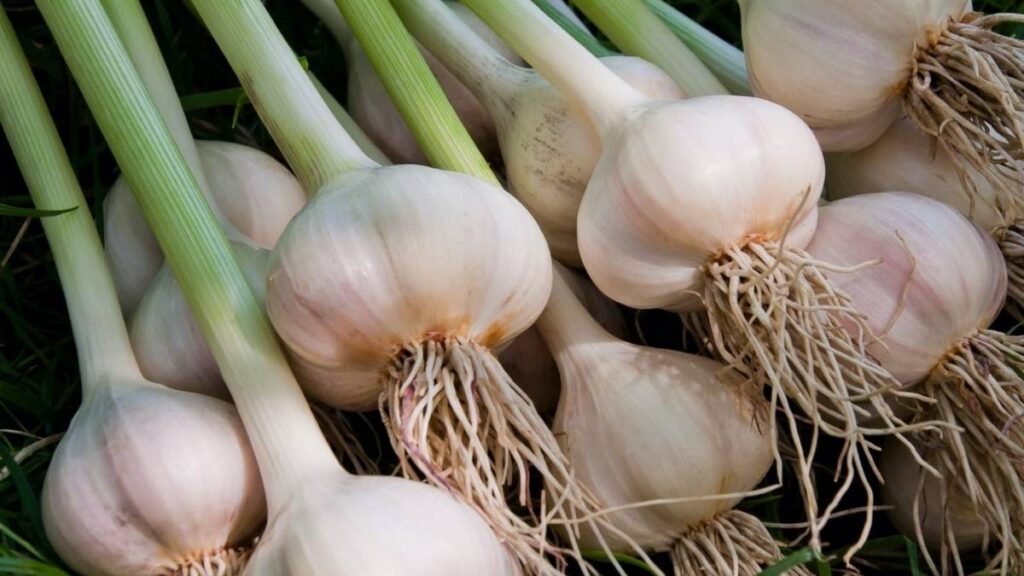
Spinach
Spinach is surprisingly tough. It grows well in cool temperatures and can even survive under snow in some regions. Planting in October gives spinach a head start, and with a little protection, you can begin harvesting leaves throughout winter. Come early spring, you’ll have a fresh crop before most gardeners have even broken out their trowels.
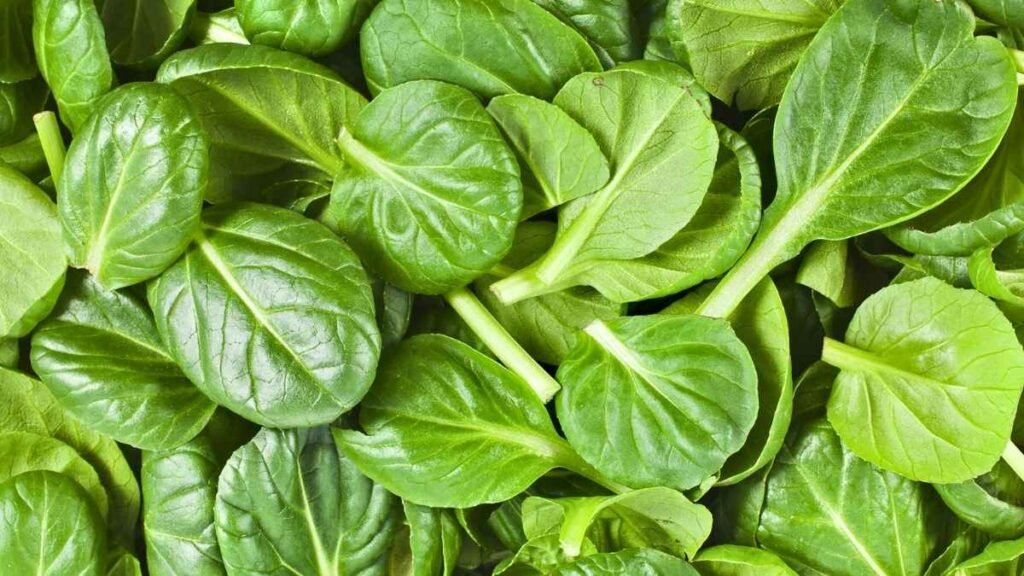
Kale
Kale thrives in cool weather and actually becomes sweeter after a touch of frost. Sowing kale seeds in October can give you a modest winter crop in milder areas, and in colder zones, the plants will overwinter and take off as soon as the soil begins to warm in spring. Curly, lacinato, and Siberian varieties are especially cold-hardy.
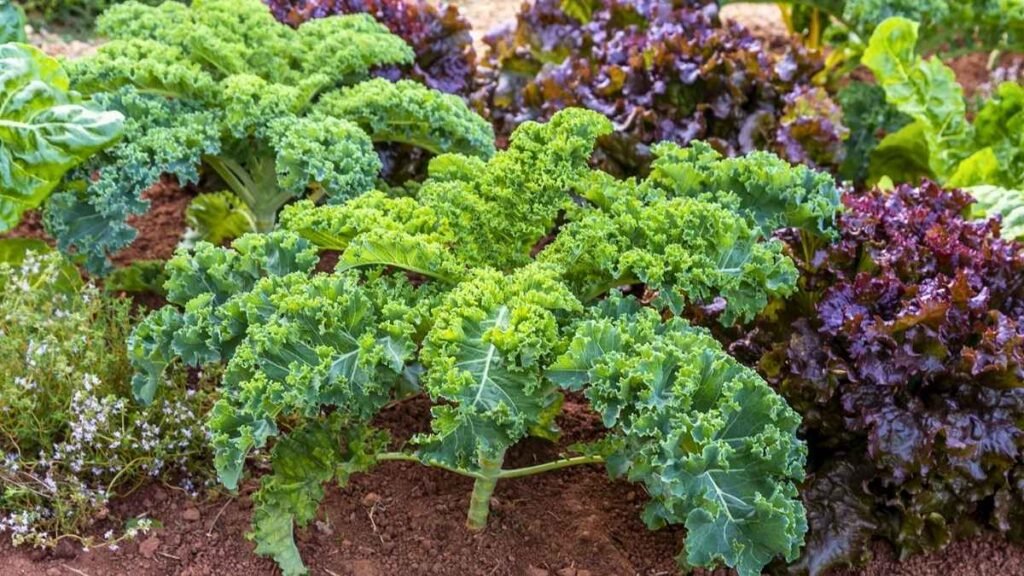
Broad Beans
Also known as fava beans, broad beans are perfect for autumn sowing. When planted in October, they’ll establish roots before winter and grow quickly once spring arrives. They’re also nitrogen fixers, which means they enrich the soil for future crops. A win-win for gardeners who like to plan ahead.
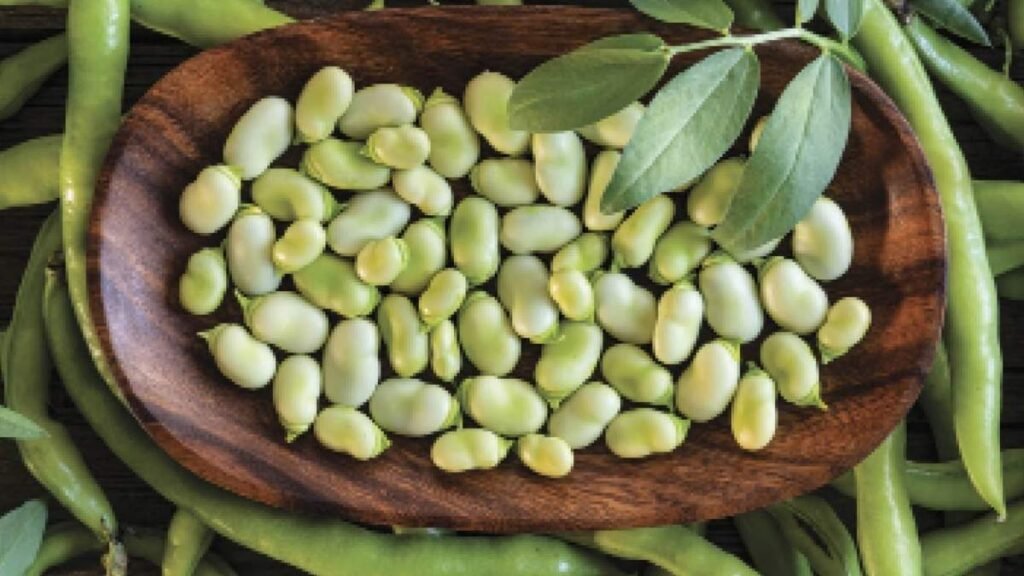
Onions
Overwintering onion varieties like ‘Senshyu Yellow’ or ‘Radar’ can be planted from sets in October. These onions will sit quietly in the soil through winter and burst into life in early spring. They mature faster than spring-planted onions and often grow bigger, too. Be sure to plant them in well-drained soil and mulch lightly for protection.
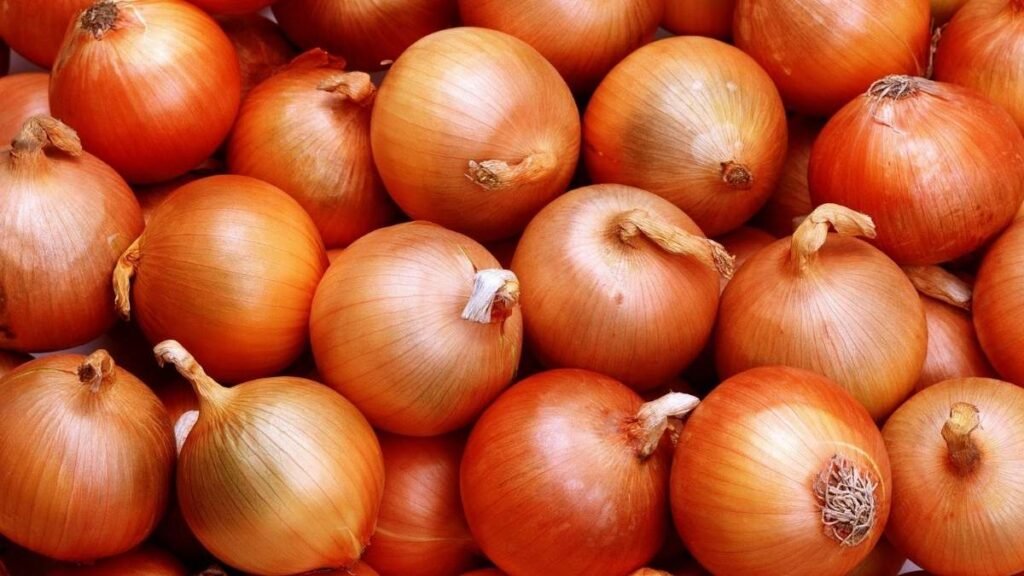
Lettuce
Lettuce might seem delicate, but some varieties handle cold surprisingly well. Plant hardy types like winter gem, Arctic king, or other cold-tolerant varieties in October. While growth will be slower, you can harvest baby leaves through fall and possibly even into winter, especially if you use a cold frame or row cover for protection.
Carrots
If you live in a region with mild winters, you can still plant carrots in October. They won’t grow fast, but they will germinate slowly and develop over the winter. Carrots actually taste sweeter after a few frosts. If timed well and protected with mulch, you could be harvesting early carrots by late winter or early spring.
Radishes
Radishes grow incredibly fast, making them one of the few root vegetables that can be harvested before winter fully sets in. Some varieties mature in just 25 to 30 days. Sow a quick round of seeds in early October, and you might get a fresh harvest before the first hard frost. If not, the young greens are still edible and tasty.
Swiss Chard
Chard is more cold-tolerant than many gardeners realize. While it won’t grow much during the coldest months, it can survive mild winters and bounce back quickly in spring. Sow it in early October, and you might get some baby greens before the freeze. Mulch the base of the plants to help them overwinter.
Peas
Like broad beans, certain pea varieties can be fall-planted in October. They won’t do much during winter, but as soon as the days start getting longer and temperatures rise, they’ll begin to grow quickly. Early spring peas often outpace those planted weeks later. Choose hardy, overwintering varieties for the best results.
Things to Keep in Mind When Planting in October
October planting does require a slightly different mindset than spring or summer gardening. The days are shorter, the sun is lower in the sky, and the soil is cooling down. All of these factors slow plant growth, so patience is key.
Make sure the soil is workable and not overly wet. Waterlogging can cause seeds to rot before they sprout. Adding compost or organic matter can help improve drainage and keep soil fertile. Also, be ready to use mulch, cloches, or row covers if an early cold snap threatens young plants.
In colder zones, some crops will go dormant during winter and resume growth in spring. Others, particularly leafy greens, may continue to produce slowly through mild winters if protected. Knowing your local climate and first frost date will help you time your plantings better.
Enjoying the Quiet Season
There’s something satisfying about walking into the garden in late winter or early spring and seeing green shoots pushing through the soil. October is your chance to set that stage. By planting now, you give your future self something to look forward to a little burst of life in the coldest months.
Whether it’s garlic bulbs sleeping under mulch, kale toughing it out through frosty mornings, or broad beans waiting for their moment, your garden doesn’t have to stop growing just because the calendar says it’s fall.
So grab your gloves, tuck those seeds and sets into the soil, and let October be the beginning not the end of your gardening season.

